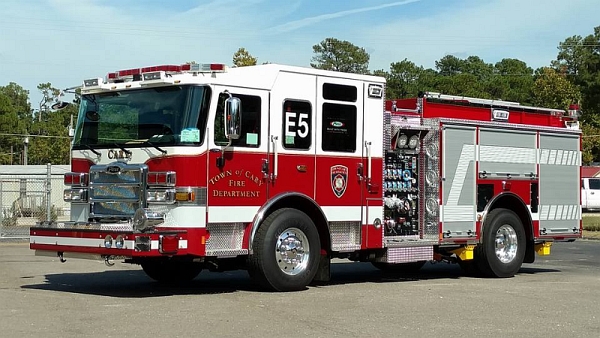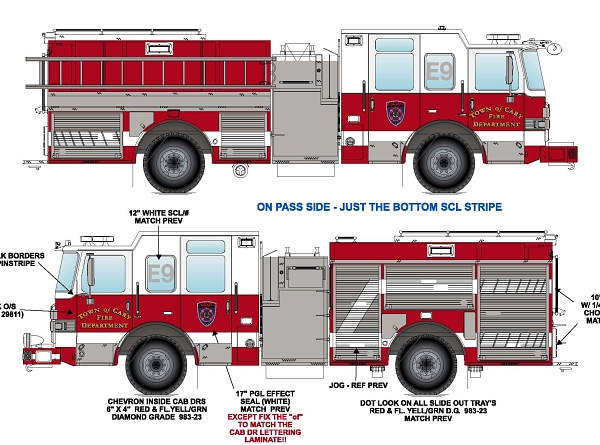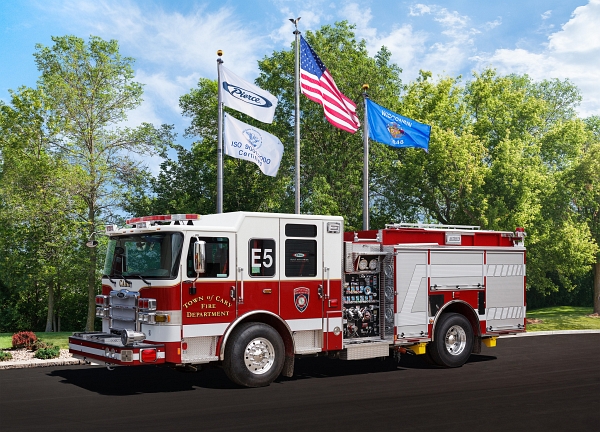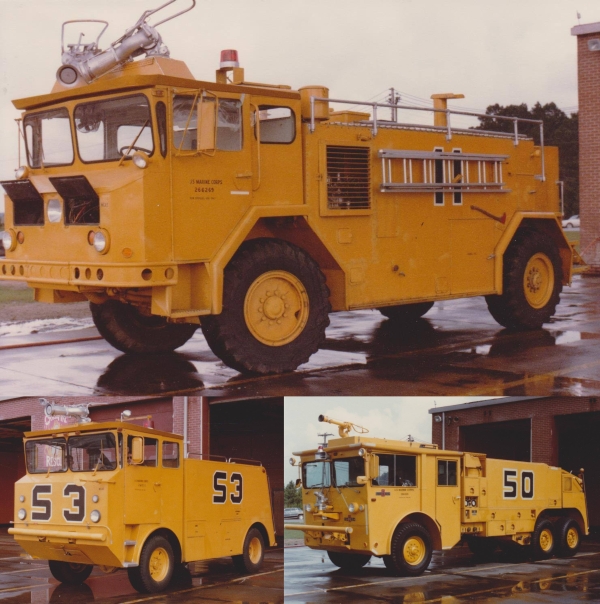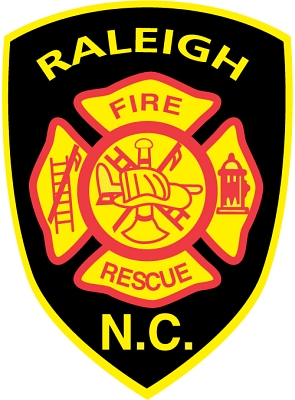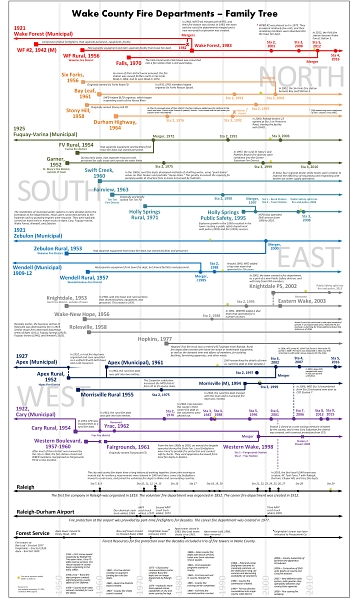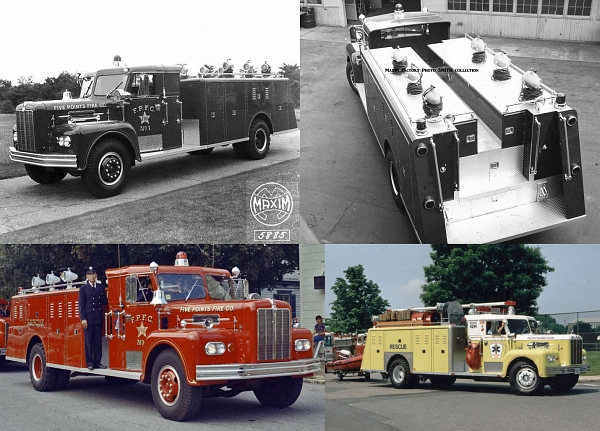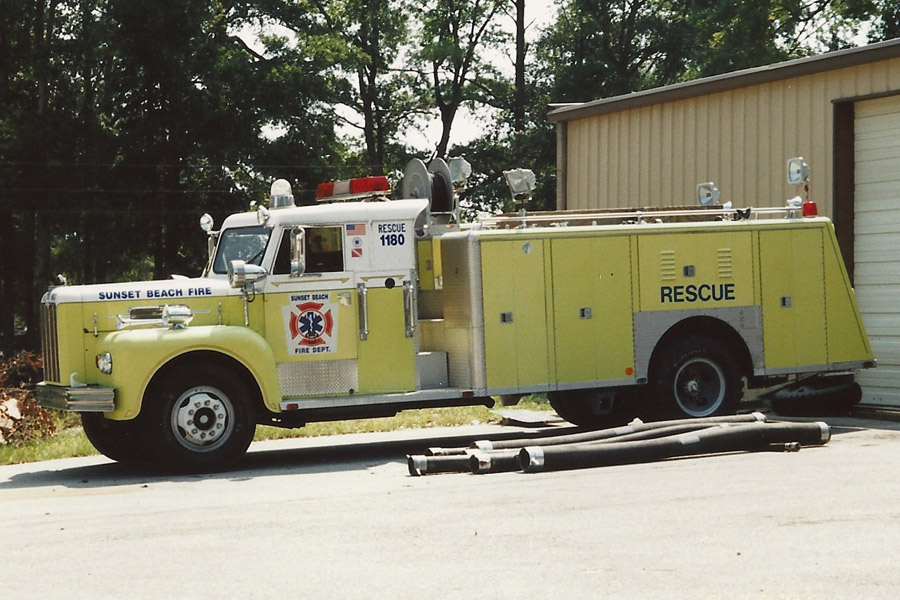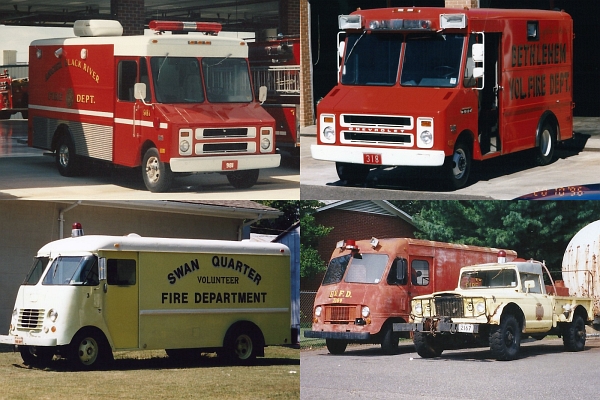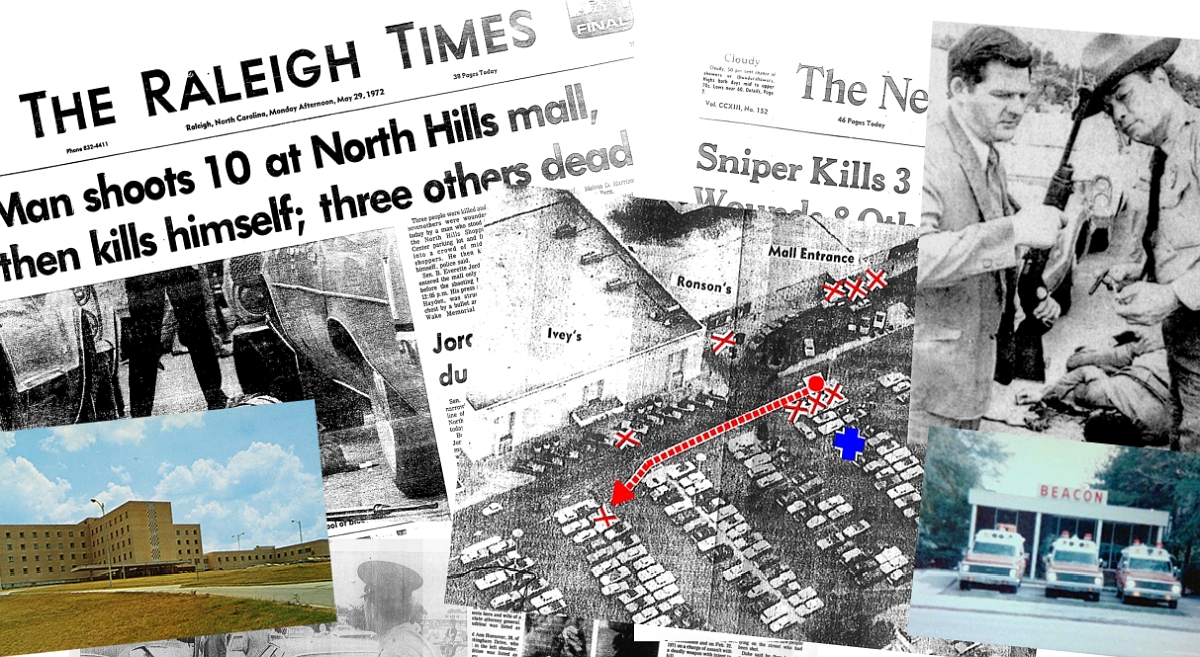Catching up on some older news. Congrats to the City of Raleigh, which was awarded a SAFER grant to fund ten firefighter positions for two years. From the agenda of the City Council meeting on September 20:
Grants
5.1. Grant Award – Department of Homeland Security, Federal Emergency Management Agency – Fire and Emergency Response
Andrew Langan, Fire
The City has been awarded $1,277,340 from the Department of Homeland Security (DHS), Federal Emergency Management Agency (FEMA) to fund 10 firefighters for a period of two years, including salary and benefits, which will supplement existing engine company staffing levels.
The DHS FEMA Grant Programs Directorate Staffing for Adequate Fire and Emergency Response (SAFER) grant supports the operating budget request for supplemental staffing, and enables the Fire Department to continue to work towards compliance with recommended staffing levels set forth by local and national standards. The additional personnel provided by the grant funding will provide first responder services and contribute to the quality of life and safety of the community. On March 17, 2016, the Grants Committee reviewed and authorized submission of the SAFER grant application. On August 26, 2016, the City received official award notification; no city match is required for this grant. The City will be responsible for the ongoing cost of the additional personnel following the two-year performance period of this grant. A budget amendment in the amount of $1,277,340 is necessary to appropriate the grant proceeds; accounting details are included with the agenda packet.
Recommendation: Authorize staff to execute all required grant documentation; authorize the additional ten (10) positions supported.
Source document (PDF).
